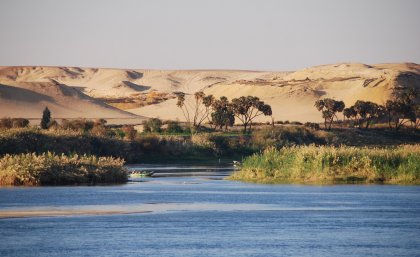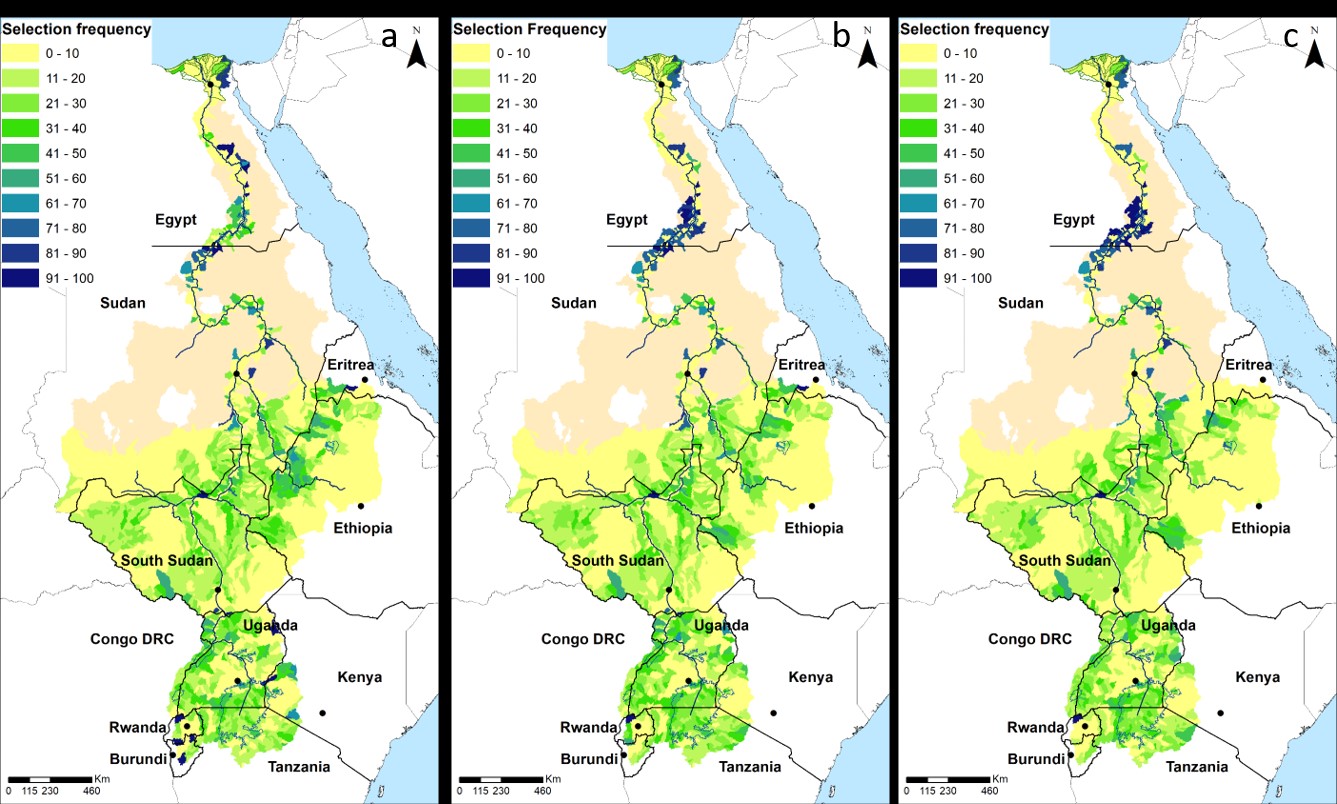
The first plan for conserving the river Nile’s highly threatened biodiversity has been developed by a University of Queensland-led team.
The Nile is the world’s longest river, flowing 6700 kilometres across Africa, supporting the livelihoods of more than 300 million people in 11 countries.
UQ School of Biological Sciences researchers James Allan and Salit Kark led a team that created a ‘hotspot’ map identifying priority conservation areas for the Nile’s more-than-300 freshwater fish species.
“Beyond this, we also explored the outcomes of scenarios where Nile Basin countries work together to achieve conservation objectives rather than the current norm of acting independently,” Mr Allan said.
“Nile countries could reduce the cost of conservation by 34 per cent through collaboration, potentially saving $US80 million.
“By coordinating conservation action, countries can also disadvantage fewer people by avoiding high-population areas with many compounding threats to biodiversity.
“This is important because both people and threats increase the cost and difficulty of a successful conservation intervention.”
 The team developed collaboration scenarios that accounted for potentially limiting social, political and economic factors in the Nile Basin, and recognised the history of international collaboration along the river.
The team developed collaboration scenarios that accounted for potentially limiting social, political and economic factors in the Nile Basin, and recognised the history of international collaboration along the river.
Associate Professor Salit Kark said there were clear opportunities for a basin-wide conservation plan to be implemented.
“There are already established negotiation platforms in the region – such as the Nile Basin Initiative – which help facilitate collaboration on issues like water sharing.
“However, biodiversity conservation at the basin-wide scale has been mostly overlooked to date in the Nile initiatives.
She said the research team urged the Nile Basin Initiative to urgently incorporate biodiversity conservation into its agenda.
“This study provides important information to support more sustainable collaborative development and conservation initiatives in the Nile.”
The study is published in Science Advances (DOI: 10.1126/sciadv.aau7668).
Image above left: Priority conservation areas in the river Nile under different collaboration scenarios: no collaboration (left), partial collaboration (centre) and full collaboration (right).
Media: James Allan, j.allan2@uq.edu.au, +61 424 982 651; Associate Professor Salit Kark, s.kark@uq.edu.au; Dominic Jarvis, dominic.jarvis@uq.edu.au, +61 413 334 924.
.jpg)










